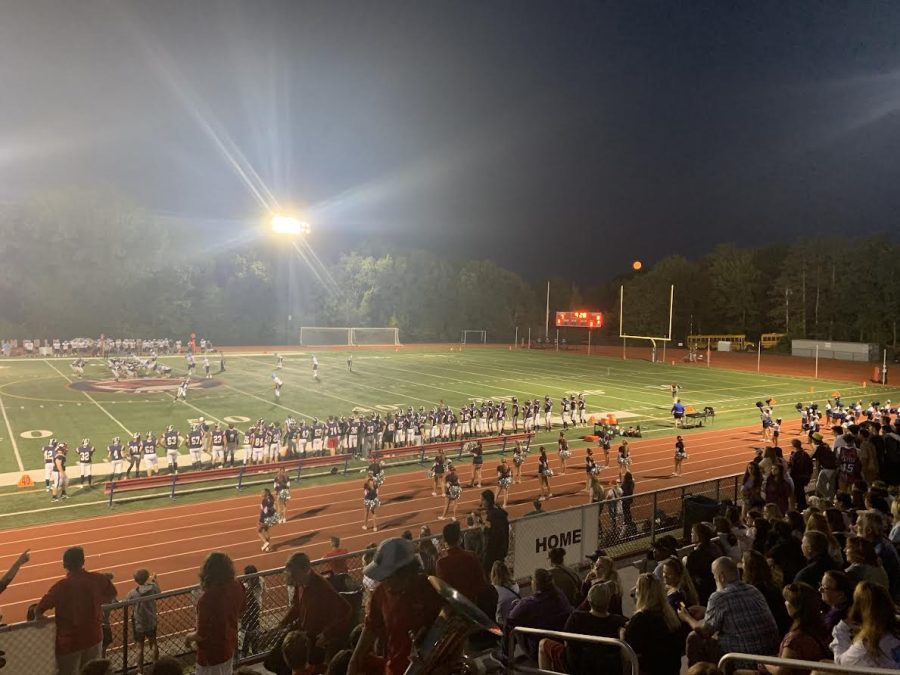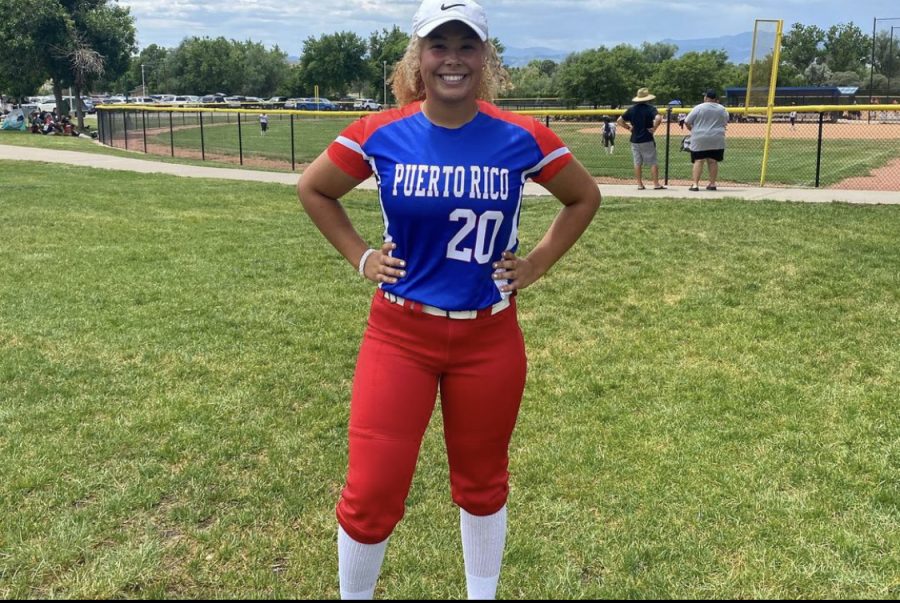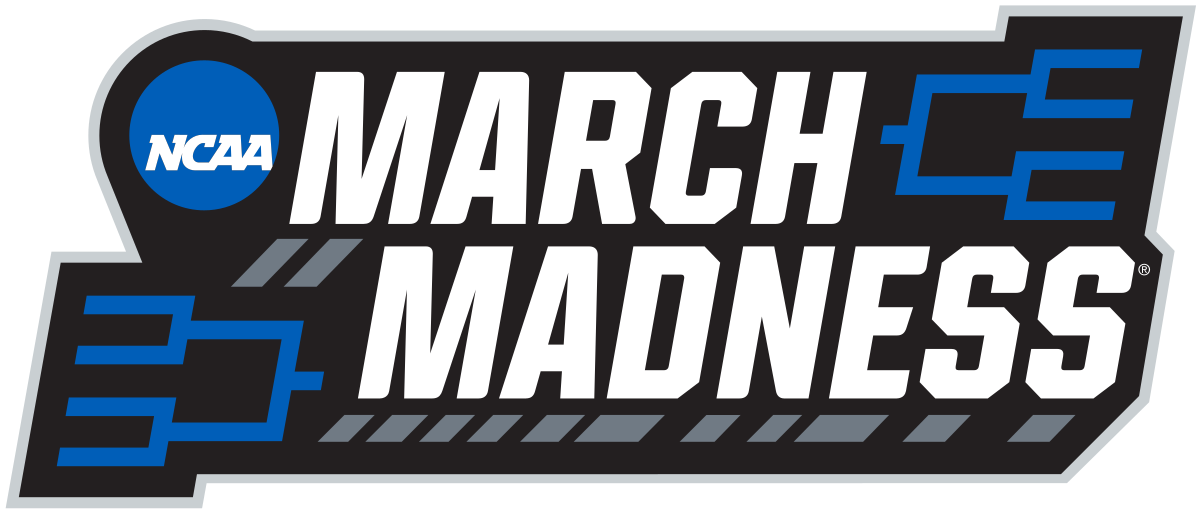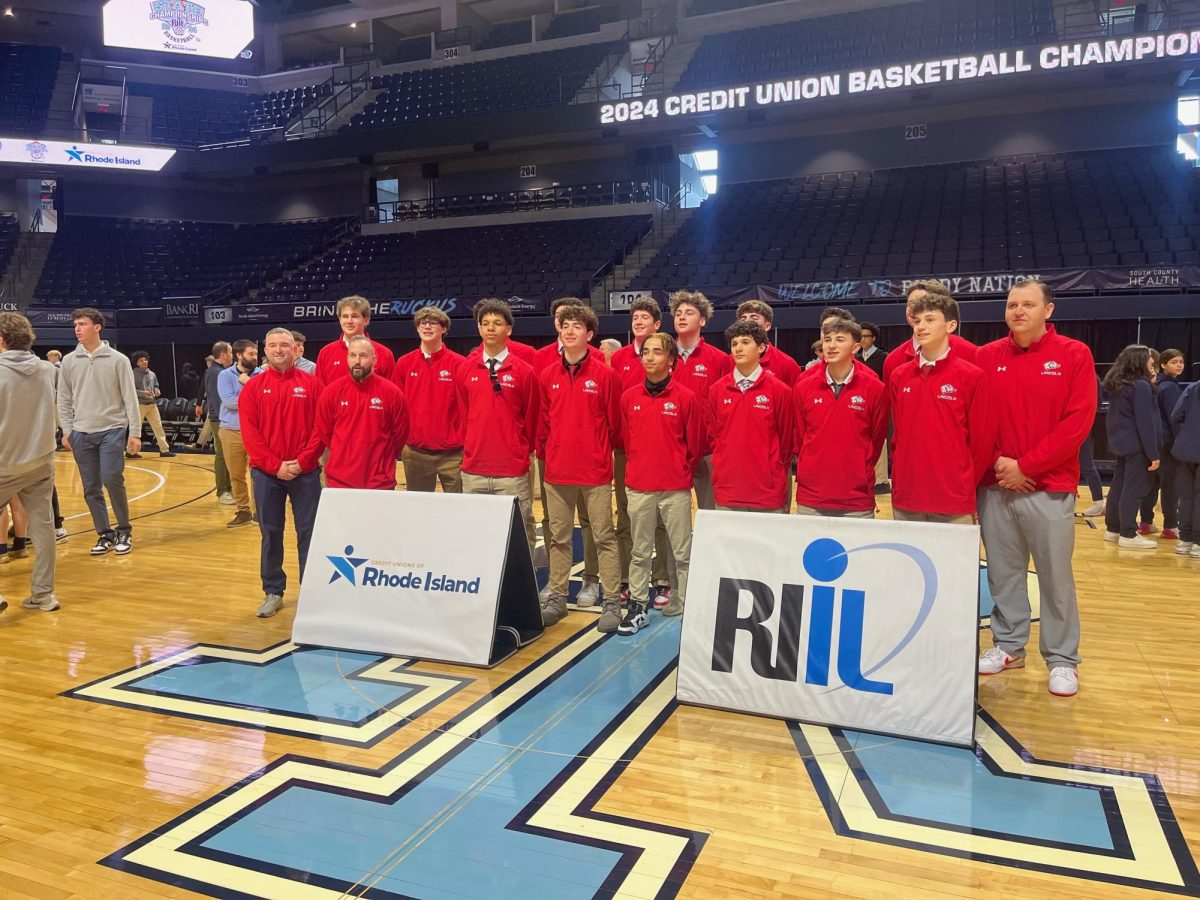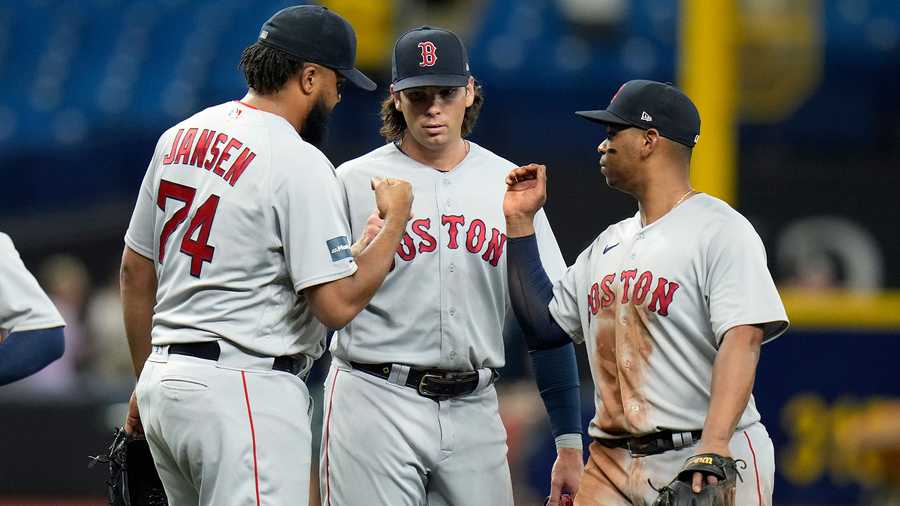The trade deadline, as I’ve contemplated in basketball terms, has similar implications as its Major League Baseball counterpart. This season, the Red Sox have maintained stature as a middle-of-the-pack baseball team. Typically, at the deadline, one of three routes can be taken. Teams can become “sellers,” and ship off parts in exchange for prospects that will become either big-leaguers or minor-league fodder for years to come. Teams can become “buyers,” sitting on the other side of this transaction, sending off prospects for assumed immediate success. Or, teams can follow neither of these paths and stand pat at the deadline.
For the Red Sox, it was a little bit of everything, but not too much of anything. On July 25th, fan-favorite Kiké Hernandez was shipped back to the Los Angeles Dodgers. In return, the Red Sox acquired minor leaguer Justin Hagenman and Nick Robertson. The day after, the Red Sox acquired Mauricio Llovera for Marques Johnson (minors). The most notable and final transaction the Red Sox made at the deadline came on August 1st, with Boston swapping a prospect in exchange for Luis Urias (formerly Rockies).
First off, casual Red Sox fans may ask “Who are Nick Robertson and Mauricio Llovera?” Robertson is a relief pitcher, splitting time between the MLB and AAA. This season, he has made 11 total appearances, two with Boston, and has amounted a 6.91 ERA with a whip above 1.8 and 18 strikeouts in 14.1 innings pitched. Robertson has not appeared in a major league game for Boston in nearly a month, sidelined since an August 8th contest which saw him surrender four hits and three runs in three innings of pitching. Llovera was stellar in five appearances with the Giants. With the Red Sox, his ERA has ballooned, although out of his past six outings, he has pitched to a scoreless total five times.
Urias, with over a half-decade of major league service time, has had the longest career in the bigs of the three and is therefore the most valuable asset. In 2021, Urias hit .249 and totaled 23 homers and 75 RBIs. With Milwaukee this season, Urias hit only .145, racking up a mere 68 plate appearances compared to 406 last season. Thus far, Urias has seen a revival (although still to a sub-par level) with Boston- the deadline buy is slashing .210/.338/.339 and willed the Red Sox to victory on August 19th, hitting a grand slam off Yankees ace Gerrit Cole.
Despite my attempts to improve the image of the three deadline acquisitions for the Red Sox, it does not look great on paper if the goal of Chaim Bloom and Boston brass was to buy at the deadline with hopes of contending. At the deadline, Boston was 56-50. Now, over a month later, the record stands at 72-67, slightly worse. In the games that matter most, in-division games against the loaded AL East, Boston has gone 4-4, sweeping longtime rival Yankees in the process, yet against all other teams combined boasting a 12-13 tally. Some notable Red Sox losses since August 1st: Toronto (three times), Kansas City, Detroit, Washington (twice), and Kansas City. So should the Red Sox, mediocre at best since the deadline, have sold at the deadline with a focus on the future?
It starts with asset management. First off, it has to be established which tradable assets with notable possible return were rostered by Boston prior to the deadline. After losing Nathan Eovaldi, Xander Bogearts, and J.D. Martinez in free agency, Boston’s roster appeared depleted prior to the season. As the season progressed, it was clear that there were some hidden gems. As the deadline ticked closer, the Red Sox had eight sellable players that arguably could have made an impact on a contending team and would have garnered notable return value: James Paxton, John Schreiber, Kenley Jansen, Reese McGuire, Justin Turner, Adam Duvall, Alex Verdugo, and Rob Refsnyder. Contractually, the Red Sox have different obligations to these players, listed as follows:
James Paxton Club Option (2024)
John Schreiber 3 Years Arbitration (2027 UFA)
Kenley Jansen Contracted until 2024
Reese McGuire 2 Years Arbitration (2026 UFA)
Justin Turner Player Option (2024)
Adam Duvall Expiring (2024 UFA)
Alex Verdugo 1 Year Arbitration (2025 UFA)
Rob Refsnyder 1 Year Arbitration + Club Option
Looking at these players from an asset standpoint, there is a plethora of different returns that could have been had because there are many variances in the value of the group. For example, Justin Turner is a possible expiring contract with a semi-cheap option who is batting .285 and has a career-best 91 runs batted in with about a month left in the season. He holds more value than Rob Refsnyder, who owns a lower average and 18 fewer bases than he had last season (through 23 more games this season). A trade for Turner more than likely would have netted the Red Sox a high prospect. Jake Burger, a statistically similar player, was dealt for Miami’s fourth top prospect. Verdugo, Duvall, and McGuire are serviceable batters and could have also netted prospects. Additionally, Schreiber, Paxton, and Jansen are solid pitchers who could have been traded to a contender for a high-to-mid prospect. Jansen is also set to make 16 million next season, so taking him off the books would be massive.
So should the Red Sox have sold at the deadline? Yes. The Red Sox are caught between eras, with older players such as Chris Sale and Trevor Story making big bucks, and younger players such as Brayan Bello and Triston Casas starting a youth movement. The Red Sox should have dealt (at least) Paxton, Jansen, McGuire, Turner, Duvall, and Refsnyder at the deadline. Yes, this probably would have resulted in more losing to end the season… but what’s new? The Red Sox are only a handful of games away from being the worst of five in the AL East, and five games out of the final Wild Card spot while being only the fifth-best team in the race. Yes, the Red Sox should have sold at the deadline, and regrouped for a better 2024.
Dates/Statistics valid as of 9/6/23













